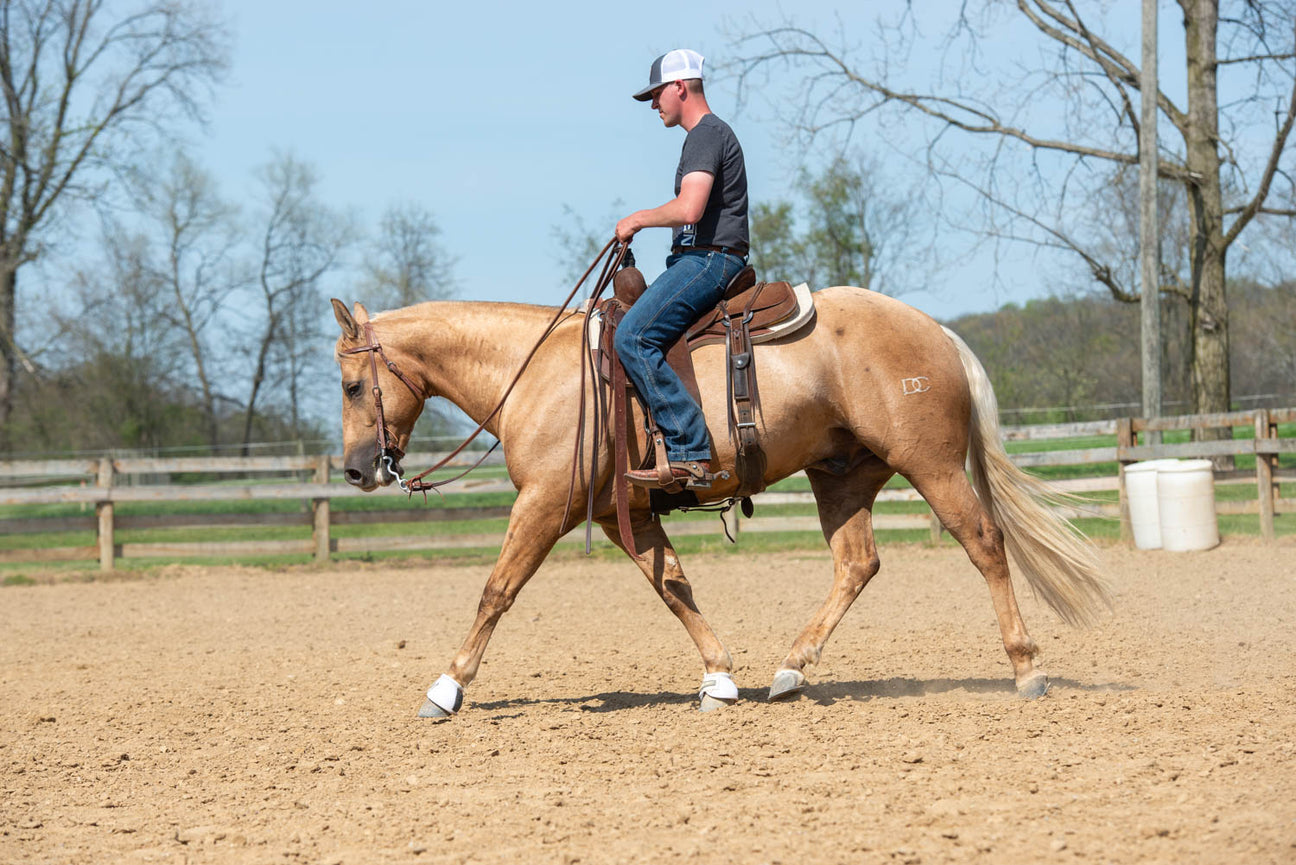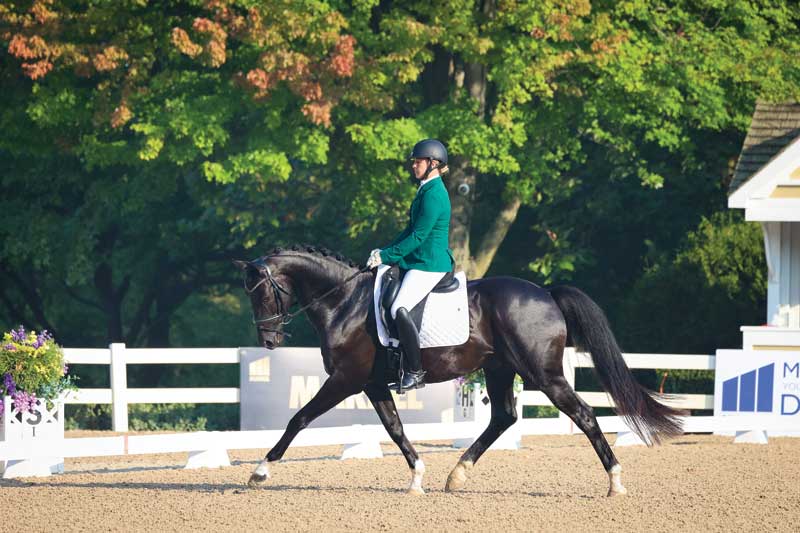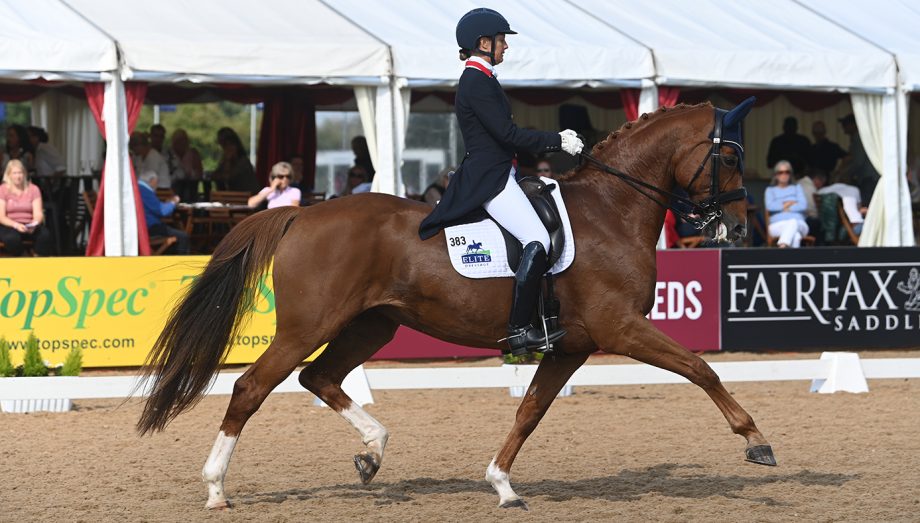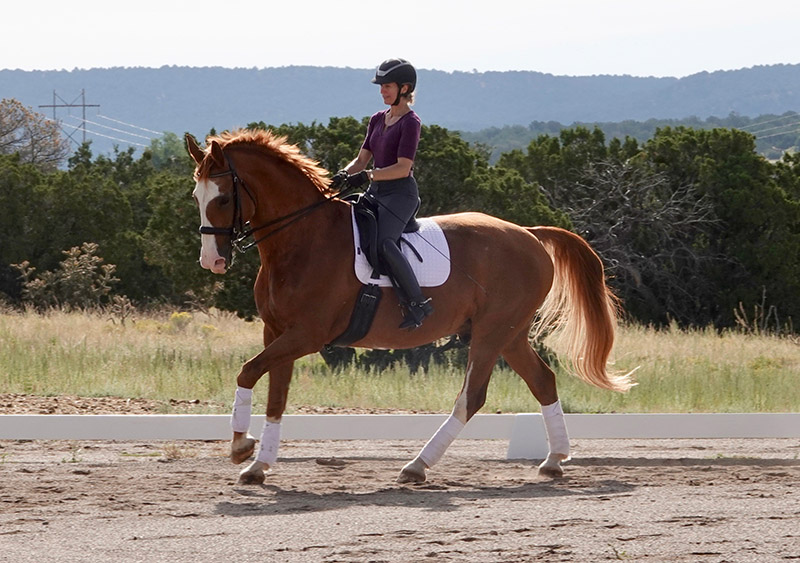When it comes to establishing a strong bond with your equine companion, horse groundwork exercises play a crucial role. These exercises not only build trust but also enhance communication and train your horse in various skills. In this article, we will delve into the importance of groundwork exercises, how they benefit your horse, and detailed steps on how to perform them effectively.
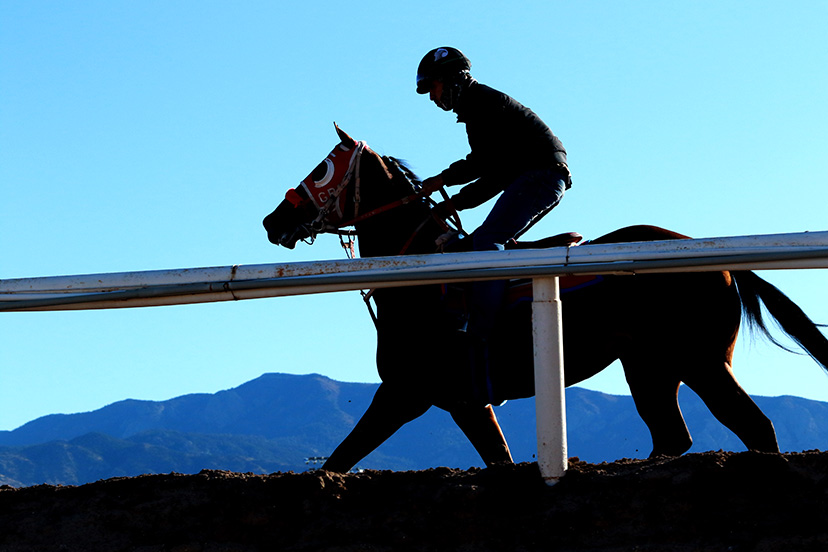
What are Horse Groundwork Exercises?
Horse groundwork exercises encompass a variety of training activities that are performed on the ground, rather than from the saddle. These exercises are fundamental for teaching horses to respond to cues, improving their manners, and preparing them for ridden work. Groundwork sets the foundation for a well-behaved and well-trained horse.
Benefits of Groundwork for Horses
Engaging your horse in groundwork exercises offers numerous benefits. It helps in building a strong relationship between you and your horse, as trust and respect are key elements. Groundwork also enhances your horse’s balance, coordination, and responsiveness. It is an excellent way to mentally stimulate your horse, keeping them engaged and focused.
Building Trust and Respect
Through consistent groundwork, horses learn to trust their handlers. This trust is essential for safe interactions and successful training. Horses that respect their handlers are more likely to be cooperative and willing to learn.
Improving Communication
Groundwork exercises improve the communication between you and your horse. By using body language and voice cues, you teach your horse to understand and respond to your commands, which is fundamental for effective training.
Essential Horse Groundwork Exercises
Now that we understand the importance of groundwork, let’s explore some essential exercises that you can incorporate into your training routine.
Leading
Leading is the most basic groundwork exercise. It involves teaching your horse to walk beside you, stop when you stop, and turn when you turn. This exercise builds trust and establishes you as the leader.
Backing Up
Backing up teaches your horse to move away from pressure. Stand in front of your horse and gently apply pressure to the lead rope, encouraging your horse to take a step back. This exercise helps in developing respect and obedience.
Yielding the Hindquarters
This exercise involves asking your horse to move its hindquarters away from you. It is an excellent way to gain control and teach your horse to respond to your cues.
Lunging
Lunging is a popular groundwork exercise that improves your horse’s fitness and obedience. It involves having your horse move in a circle around you at different gaits. Lunging helps in assessing your horse’s movement and behavior.
Advanced Groundwork Techniques
Once your horse is comfortable with basic exercises, you can progress to more advanced techniques.
Liberty Work
Liberty work involves interacting with your horse without any physical restraints. It requires a strong bond and trust between you and your horse. Liberty work can include various tricks and movements performed freely by your horse.
Desensitization
This involves exposing your horse to different objects and situations to reduce fear and anxiety. Desensitization is crucial for building confidence in your horse.
Common Mistakes in Groundwork
While groundwork is beneficial, it is essential to avoid common mistakes that can hinder progress.
Inconsistency
Consistency is key in training. Ensure that you are consistent with your cues and commands to avoid confusing your horse.
Rushing the Process
Training takes time and patience. Do not rush the process, as it may lead to frustration for both you and your horse.
Conclusion
Horse groundwork exercises are an invaluable part of training that lay the foundation for a well-behaved and responsive horse. By incorporating these exercises into your routine, you will build a strong bond with your horse and enhance their skills and confidence.
Related Resources
For more tips on horse training, visit Horse Training Tips.
Learn more about desensitization in horses at The Spruce Pets.
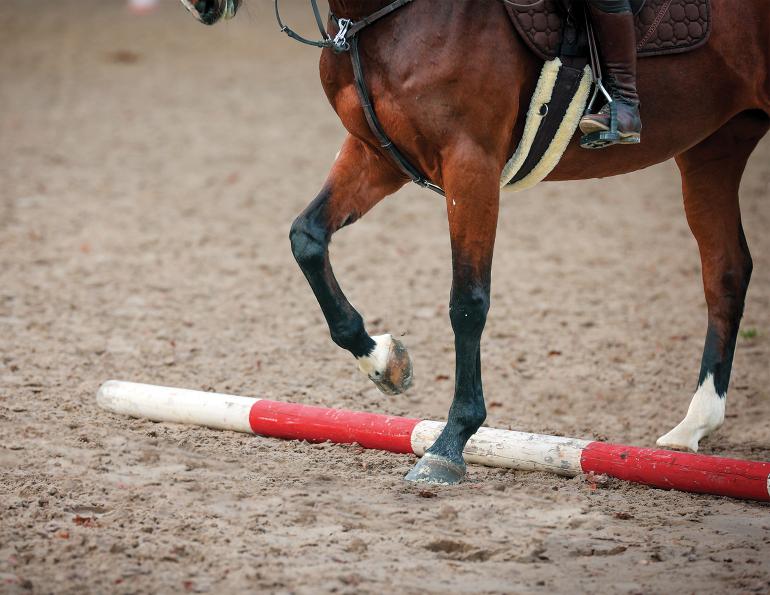
FAQs
What is the best age to start groundwork with a horse?
Groundwork can begin as early as a few months old. However, it is essential to keep sessions short and age-appropriate.
How long should a groundwork session last?
Groundwork sessions should be around 20-30 minutes, depending on your horse’s attention span and engagement.
Can groundwork replace ridden training?
While groundwork is important, it should complement ridden training rather than replace it entirely.
This article contains affiliate links. We may earn a commission at no extra cost to you.


